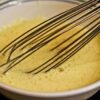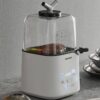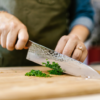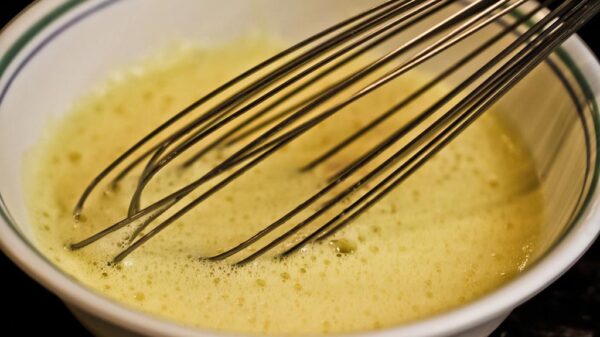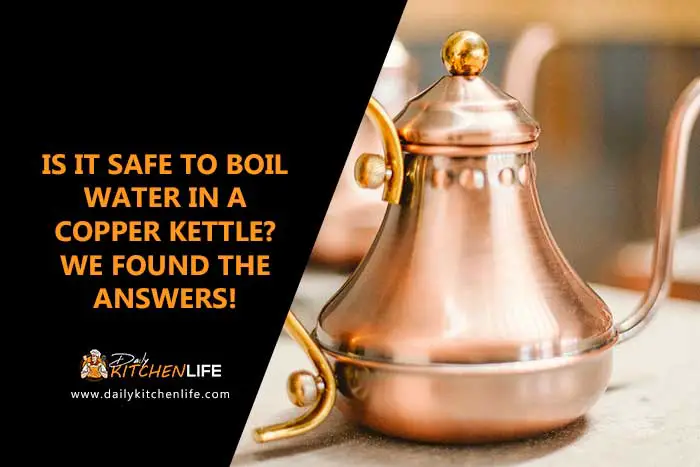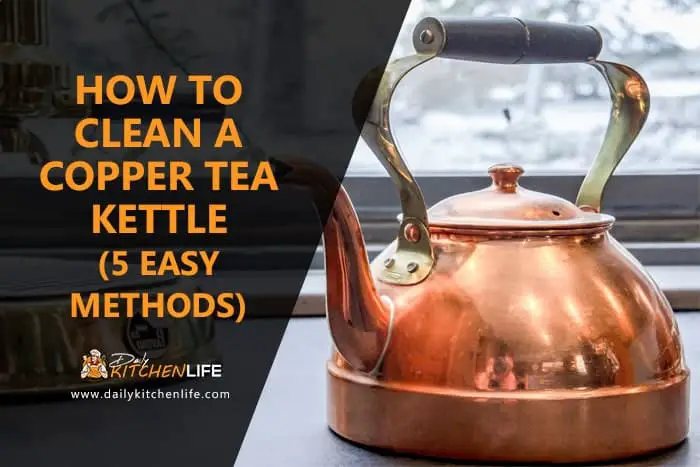Non-Stick Cookware: Ultimate Guide
Exploring the world of non-stick cookware brings us to the forefront of kitchen innovation. From the evolution of coatings to the increase in eco-friendly options, the advancements in technology are not just changing the way we cook but also how we think about kitchen safety and maintenance. This article aims to shed light on these developments, offering insights into the wonders of non-stick cookware and how they impact our cooking experiences.
Types of Non-stick Coatings
What’s Cooking in Non-Stick Technology?
If you’re tired of scrubbing pans and scraping off food that sticks like glue, you’re not alone. The quest for the perfect non-stick surface has led us down a slippery slope of innovation, and oh boy, have we made progress.
First off, let’s dive into the pan itself. Non-stick technology has transformed from the traditional Teflon coating, which had its issues (remember when we found out it could peel off and mix with our food – yikes!), to something much more resilient and safer.
Enter the era of ceramic coatings. These pans are coated with a silica-based gel, similar to sand but without the gritty vacation memories. The beauty of ceramic-coated pans is not just their non-stick prowess but also their safety. They can withstand higher temperatures without releasing harmful chemicals. So, you can crank up the heat without worrying about any nasty stuff getting into your omelet.
But manufacturers didn’t stop at ceramic. Oh no, they kept pushing the boundaries. Now, there’s something even cooler on the market – diamond-infused non-stick pans. Yes, you heard that right. Tiny diamond particles are mixed into the coating to create a surface so slick that even the stickiest of foods slides right off. And it’s not just about slipperiness; these diamond-hard surfaces are incredibly durable, resisting scratches and dents like a champion.
Another game-changer has been the improvement in heat distribution. Remember the hot spots that would scorch your pancakes? New materials and designs help heat spread evenly across the pan’s surface, ensuring every inch is just as perfect for cooking as the next.
But here’s where it gets really interesting. The latest buzz is all about eco-friendly options. Companies are now producing non-stick cookware using plant-based materials, promising top-notch performance without harming the planet. These green pans are not only easy to clean but also promise a reduced carbon footprint. So, you can whip up your favorite dishes knowing you’re doing your bit for the earth.
In terms of caring for these modern marvels, the rules have evolved too. Gone are the days of “hand wash only” or “no metal utensils.” Many of today’s non-stick pans boast the ability to withstand dishwasher cycles and the use of metal spatulas without quivering in fear. However, it’s always a good idea to check the manufacturer’s instructions to keep your pan in tip-top shape for years to come.
So, what’s cooking in non-stick technology? A lot, actually. From safer materials and eco-friendly innovations to surfaces so slippery that even a sticky caramel sauce doesn’t stand a chance. It’s a great time to be in the kitchen, experimenting and enjoying the ease that these advancements bring. Ready to flip that pancake effortlessly? Now’s your chance.
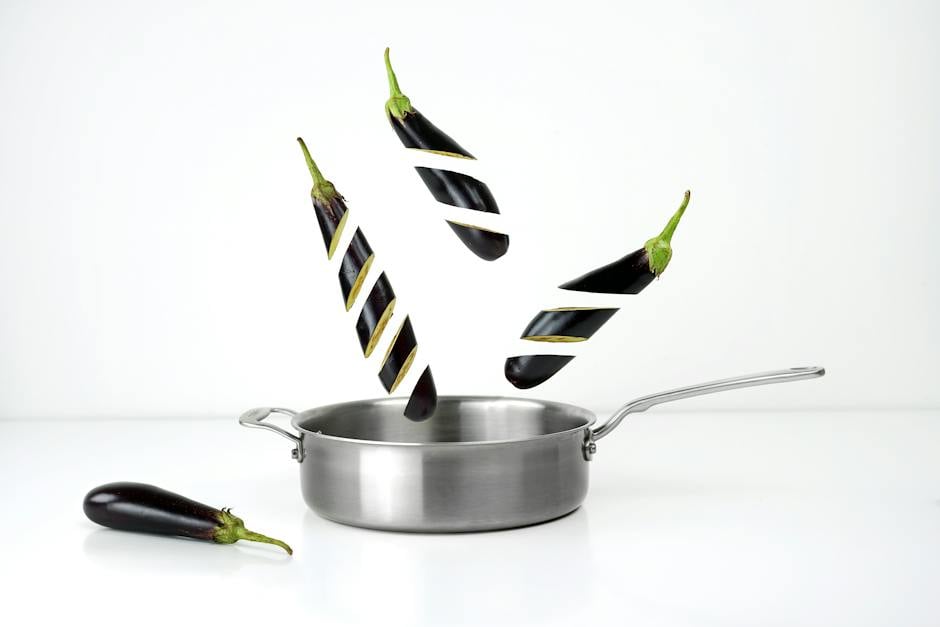
Health and Safety Concerns
Moving right along, let’s dive into the safety concerns that often bubble up when we chat about non-stick cookware. It’s like the gossip of the kitchen world; everyone has something to say about it. The big question on everyone’s lips: Can these slick pans really be harmful to our health? Well, pour yourself a cup of tea and let’s unpack this together.
First up, we’ve got to talk about overheating. You know how it goes – one minute you’re gently sautéing onions, and the next, your pan’s smoking like it’s auditioning for a role in a noir film. Here’s the scoop: when non-stick pans get too hot, they can release fumes. Not the dreamy, “smells like grandma’s kitchen” kind of fumes, but the “oops, might want to crack a window” variety. The good news? Modern advancements mean newer pans can take the heat a bit better than their ancestors. Still, keeping an eye on the temperature won’t hurt.
Now, onto the durability dance. It’s a tale as old as time: non-stick coatings and how they stand up to the hustle and bustle of kitchen life. Nobody enjoys the sight of flaking – especially when it’s your pan’s coating playing a disappearing act into your dinner. Enter the scene: titanium reinforcements and other tough-as-nails innovations ensuring that our modern non-stick companions are less likely to leave us with unwanted “seasoning.” Hello, durability!
But wait, there’s a twist in the plot: compatibility. In this tech-savvy world, it’s all about making connections. Similarly, not all non-stick cookware loves the magnetic charisma of induction cooktops. The secret handshake? Make sure your chosen pan proudly wears the badge of induction compatibility. It’s like matching your shoes to your outfit – it just makes everything work better.
Lastly, let’s not forget the heartwarming tale of convenience. Picture this: A kitchen where the sun always shines, cleaning is a breeze, and every culinary adventure ends with a simple wipe of a cloth. This is the reality with non-stick cookware. Its ease of cleaning and maintenance is akin to finding the last piece of a jigsaw puzzle – utterly satisfying. Plus, the less time you spend scrubbing, the more time you have for taste testing those cupcakes. Priorities, right?
In the great saga of whether non-stick cookware is your friend or foe, it boils down to this: understanding and respect. Like any good friendship, it’s about knowing the boundaries, giving a little TLC, and recognizing when it’s time to let go and upgrade to the newer model that doesn’t smoke you out of your kitchen. With a bit of knowledge and care, it’s clear that non-stick cookware can indeed be a trusty sidekick in your culinary adventures. Now, if only it could do something about my tendency to over-season…
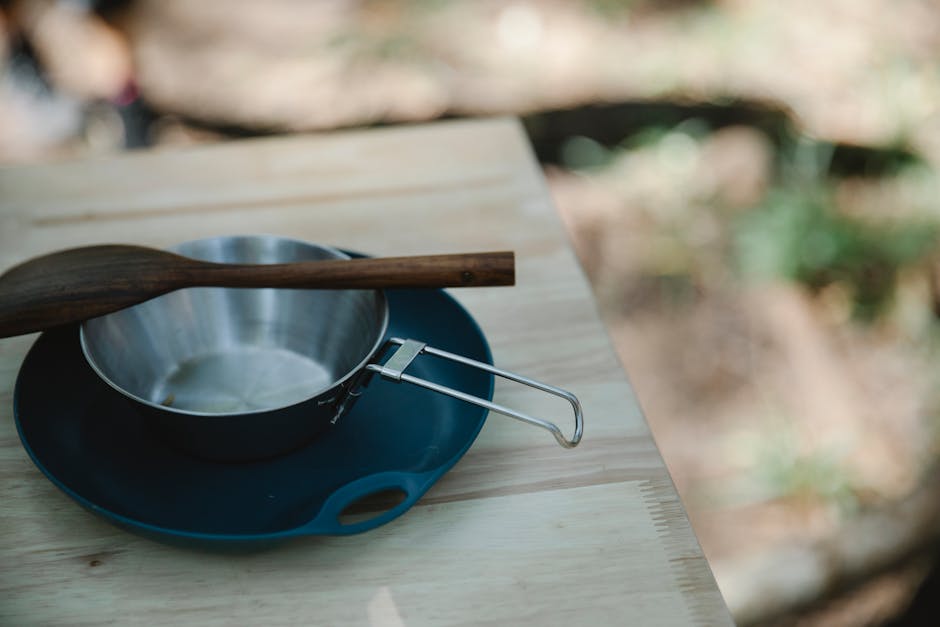
Maintenance and Care
Taking care of your non-stick cookware is a little like tending to a delicate garden. It requires patience, understanding, and a gentle touch. But don’t worry, I’ll walk you through the best practices to keep your pots and pans in tip-top shape, ensuring that they last longer and continue to make your cooking experiences a breeze.
First off, let’s chat about safety. When it comes to non-stick cookware, keeping things cool is the name of the game. These pans hate high heat. Why? Well, cranking up the flame can cause the non-stick coating to break down over time, not to mention possibly release not-so-fun fumes. Stick to medium or low heat to keep your cookware in the game for longer.
Now, onto the subject of durability. Your non-stick pans are a bit like the superheroes of the kitchen, but even superheroes have their kryptonite. For non-stick pans, it’s metal utensils. Using metal spatulas or spoons can scratch and peel the non-stick coating. Opt for wooden, silicone, or plastic utensils to keep the surface smooth and your pancakes flipping effortlessly.
Compatibility is another key factor. With the rise of induction cooktops, not all heroes wear capes – or in this case, not all non-stick pans work on them. If you’re team induction, ensure your cookware is labeled as compatible. This means the base of your non-stick pan has a magnetic layer designed to work with the induction cooktop’s technology.
Ease of cleaning – ah, the sweetest melody to any cook’s ears. Non-stick pans are the divas of effortless cleanup. However, to maintain that superstar quality, avoid using abrasive sponges or scouring pads. A soft sponge, warm water, and a bit of soap will keep your pan’s surface pristine. And as tempting as it might be to toss it in the dishwasher, hand washing is the way to go to prolong its life.
Understanding how to care for your non-stick cookware boils down to a few simple practices: avoid high heat, ditch the metal utensils, check for induction compatibility, and treat them to a gentle cleaning session after each use. Keeping these tips in mind will not only extend the life of your cookware but also make your culinary ventures more enjoyable and successful. Who knew a little TLC could make such a difference in the kitchen?
Best Non-Stick Cookware Brands
Ah, the world of non-stick cookware! It’s a place where culinary dreams come to sizzle and sometimes, unfortunately, to fizzle. Kicking things off, let’s dive into the steamy topic of safety concerns. Did you know that overheating your non-stick pans can lead you down a path you’d rather avoid? That’s right, cranking up the heat too high can cause those nifty coatings to release fumes. Not exactly the secret ingredient you were hoping for, huh?
But it’s not all gloom and doom in the kitchen. The durability of non-stick coatings has seen major strides forward. Gone are the days of your omelet clinging to the pan like it’s holding a grudge. Brands now boast surfaces that make your cooking nightmares a thing of the past, allowing for a graceful slide onto your plate.
Transitioning to a more tech-savvy note, not all pans play nice with induction cooktops. It’s like trying to force a friendship between a cat and a dog—sometimes, it’s just not meant to be. However, fret not! Many brands have stepped up their game, offering options that are as compatible with induction cooktops as peanut butter is with jelly. A match made in culinary heaven!
Now, let’s talk convenience and ease of cleaning because, let’s face it, no one enjoys the aftermath of a cooking session. The modern era of non-stick pans has introduced us to the kind of convenience that would make even the laziest of us jump for joy. These pans are like that easy-going friend who doesn’t make a fuss, making cleanup a breeze and not a chore.
Understanding and care in using non-stick cookware are where the divide between the brands that sizzle and those that fizzle truly becomes apparent. The golden rule? Keep it cool, folks. I’m talking about using low or medium heat to keep your non-stick coating in tip-top shape. And when it comes to utensils, think of them as the gentle hands that caress the surface of your pans. Wooden, silicone, or plastic utensils should be your go-to tools to avoid the heartbreak of scratches and peeling.
But what happens when your beloved pan does get a bit under the weather? First off, banish those abrasive sponges or scouring pads from your cleaning arsenal. They’re like the villain in our non-stick pan saga. Instead, embrace the gentleness of hand washing. Sure, it might seem old-school, but your pans will thank you with years of loyal service, free from the tyranny of scratches.
Lastly, a spoonful of simple practices can go a long way. Avoiding high heat, using the right utensils, checking if your pans are induction-ready, and lovingly cleaning them without causing harm are the spells you need to cast to ensure your non-stick cookware leads a long and productive life.
So there you have it—a deep dive into the wonders and woes of non-stick cookware. Whether you’re a budding chef or a seasoned kitchen warrior, navigating the maze of brands and their promises can be daunting. But armed with the right knowledge and care tips, you’ll be whipping up culinary masterpieces with ease, leaving the fizzle far behind and embracing the sizzle in full force. Happy cooking!
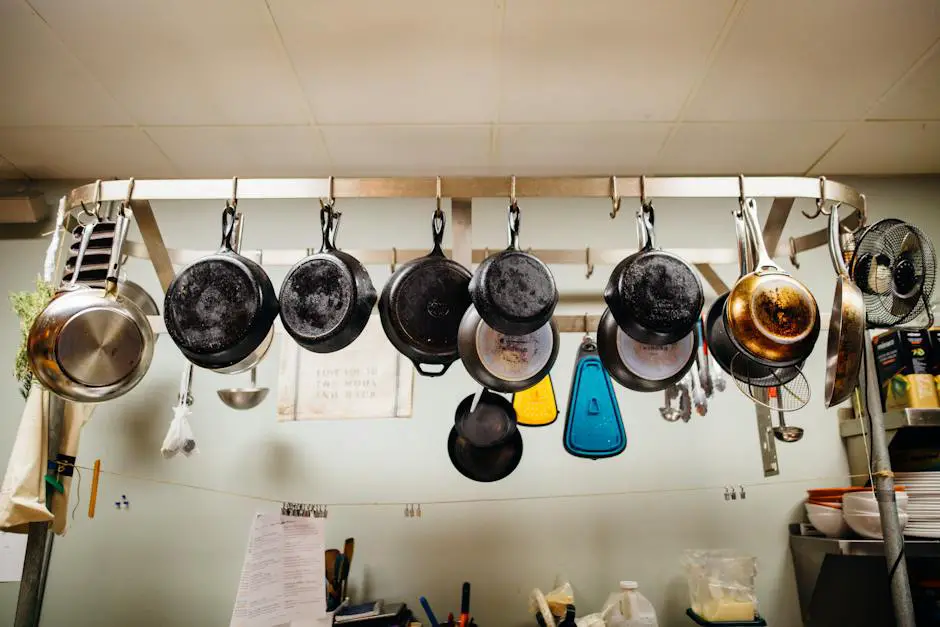
As we’ve ventured through the ins and outs of non-stick cookware, it’s clear that the key to harnessing their full potential lies in understanding and proper care. These culinary tools have come a long way from their humble beginnings, offering us safer, more durable, and environmentally friendly options. By embracing these innovations and adhering to best practices for maintenance, we ensure that our non-stick cookware can continue to provide unparalleled convenience and efficiency in our kitchens. Happy cooking indeed!




